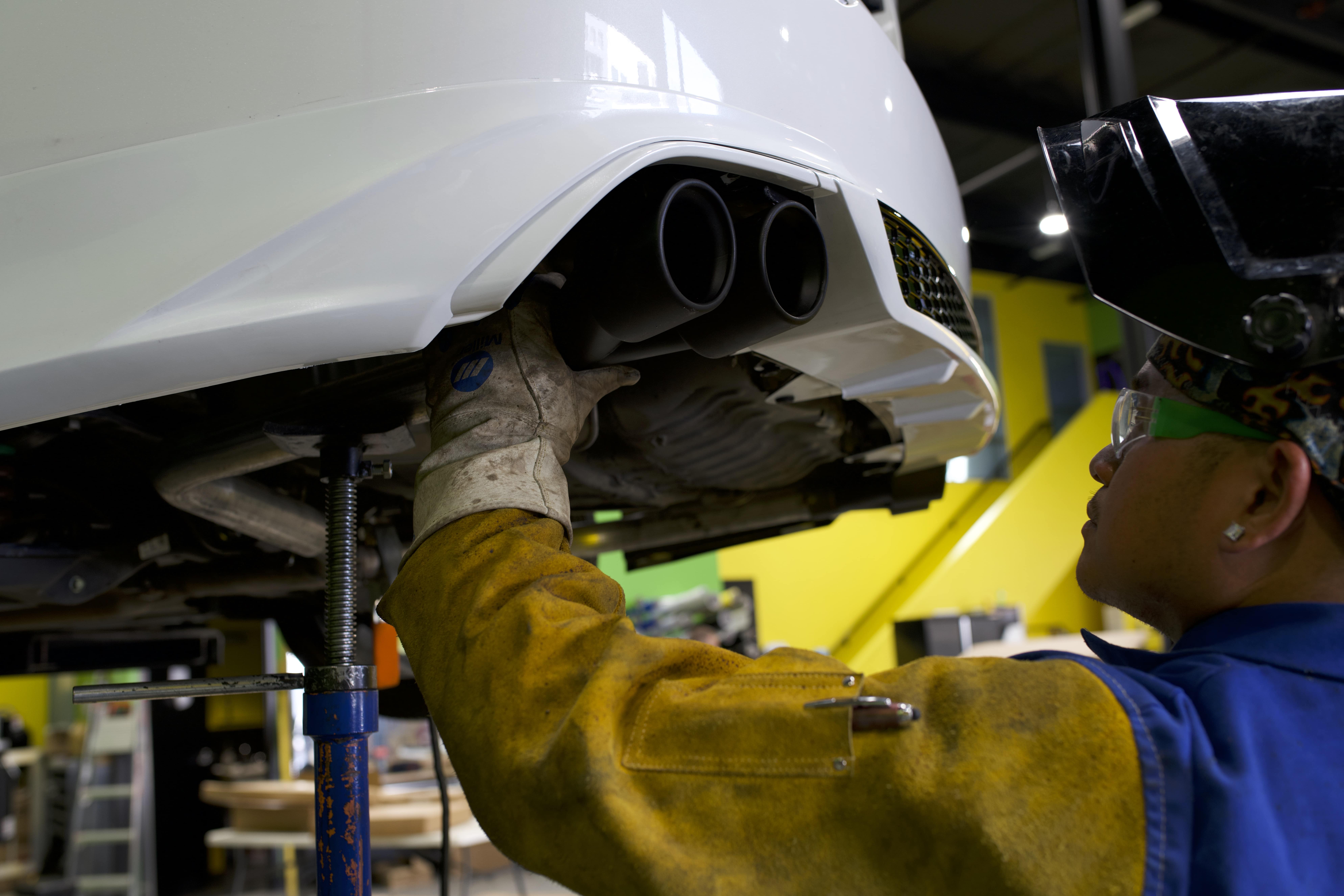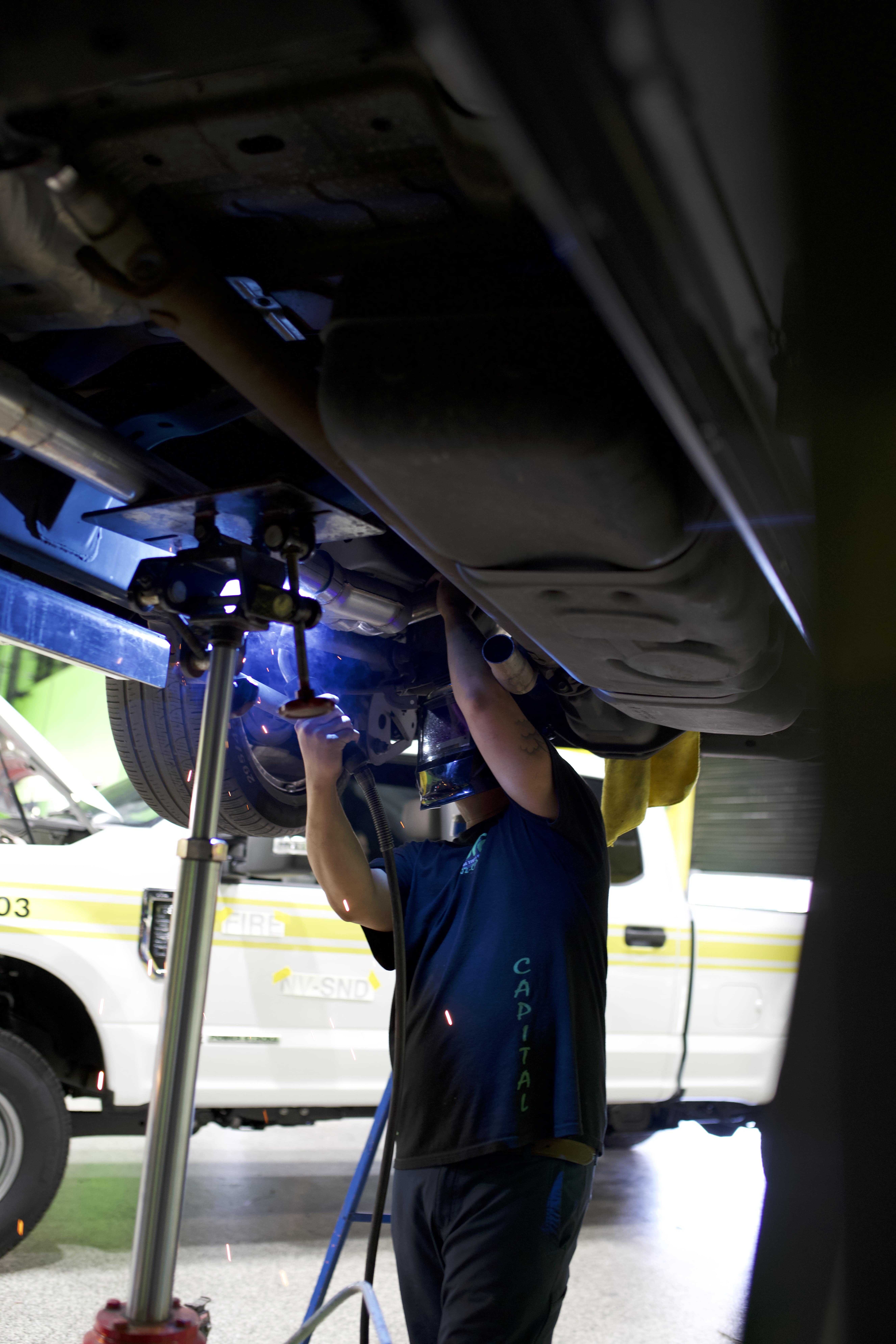

Exhaust gas is the waste gas that different engine types emit due to the combustion of fuels like gasoline (petrol), natural gas, fuel oil, coal, biodiesel blends, diesel, and fuel oil. An exhaust pipe, propelling nozzle, or flue gas stack discharges the exhaust gas into the atmosphere based on the engine type.
For instance, ordinary cars discharge their car exhausts through a Tail Pipe type of exhaust pipe, a common component of your vehicle's exhaust system. This insightful article briefly discusses vehicle exhausts. So, keep reading.
The largest fraction of car exhausts is water vapor (H2O), nitrogen (N2), and carbon dioxide (except for combustion fuels without carbon). Usually, a relatively small percentage of combustion gas is harmful or undesirable or contains:
In automobiles, Exhaust Gas Temperature (EGT) is an essential aspect regarding the functioning of an internal combustion engine's catalytic converter. You may use an exhaust gas temperature gauge to measure the EGT. Gas-turbine engines also apply EGT as a measure of their engine health.
Sometimes you may go for days without operating your automobile. And when you finally start the engine, the volume of car exhausts can be very high during the initial two minutes of starting it. These high emissions happen mainly because of;
Catalytic converters are effective in their ideal operating temperatures. But when in cold environments, they tend to be ineffective. Thus the small converter releases excess emissions while allowing the larger converter to heat up.
The fuel does not undergo complete vaporization when you start a cold engine. This scenario creates the production and discharge of higher exhaust gases, mainly carbon monoxide and hydrocarbons. But these higher emissions diminish as the engine attains the ideal operating temperature.
Vehicles' exhaust gases often disperse downwind in an exhaust plume pattern. The exhausts are primary components of motor vehicle emissions, which may also include unused gasoline evaporation and crankcase blow-by.

Capital Mobile Tint & Customs
Address: 125 N Gibson Rd, Henderson, NV 89014
Phone: 702-227-4825

